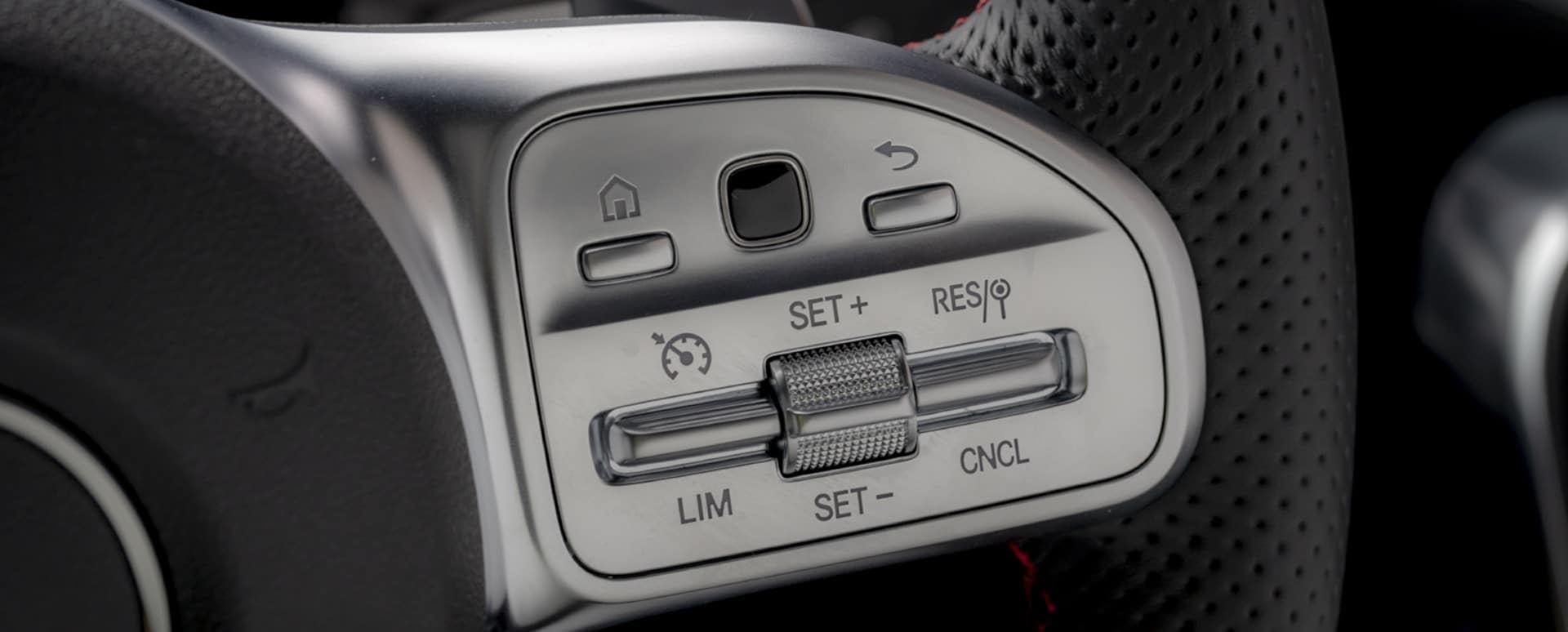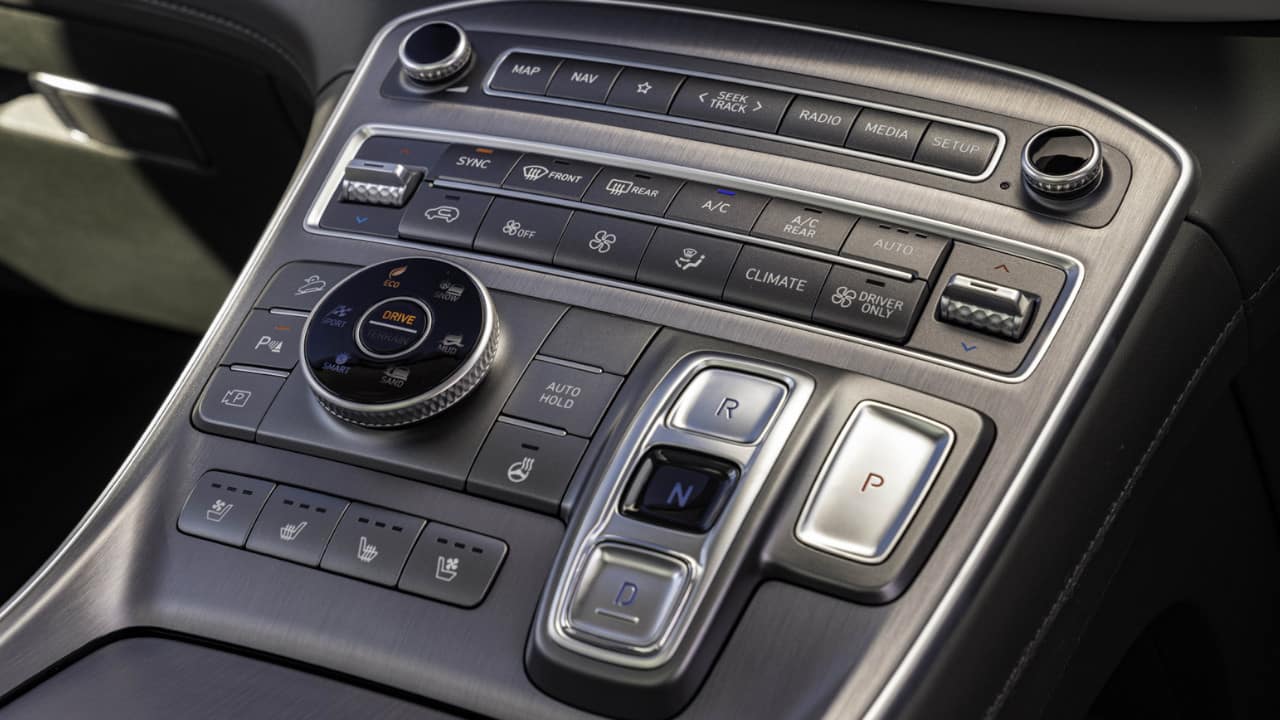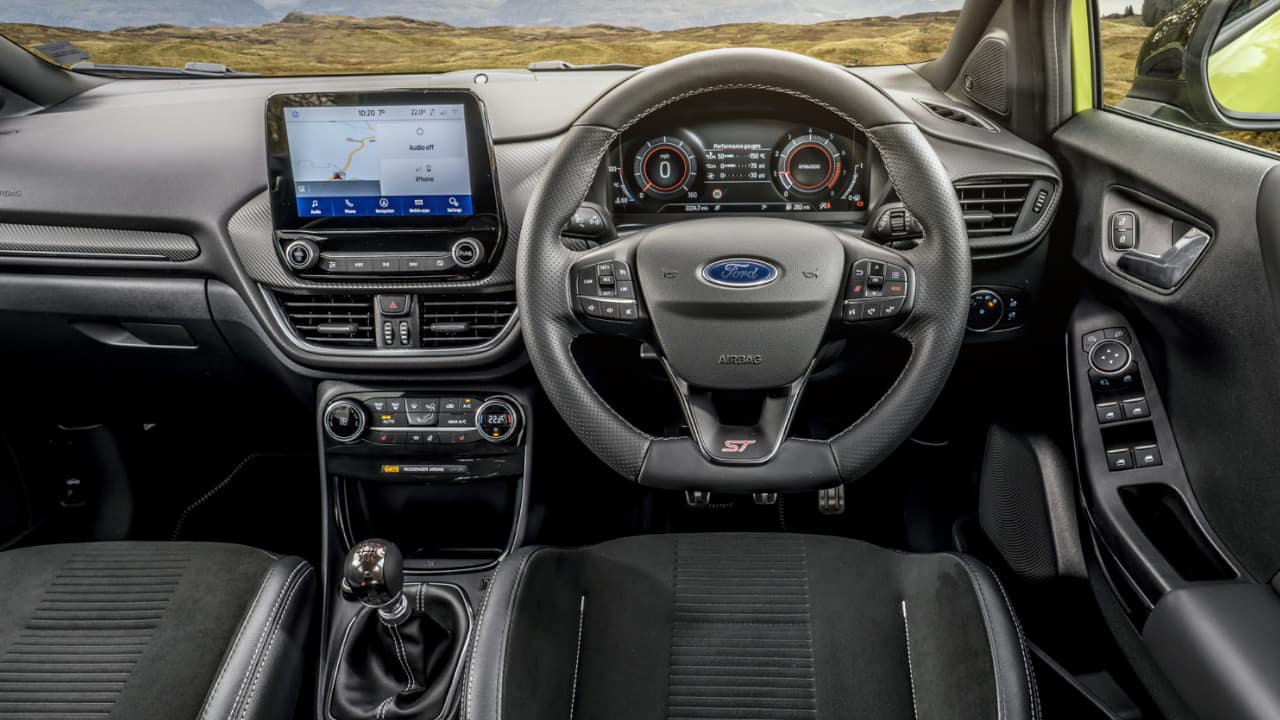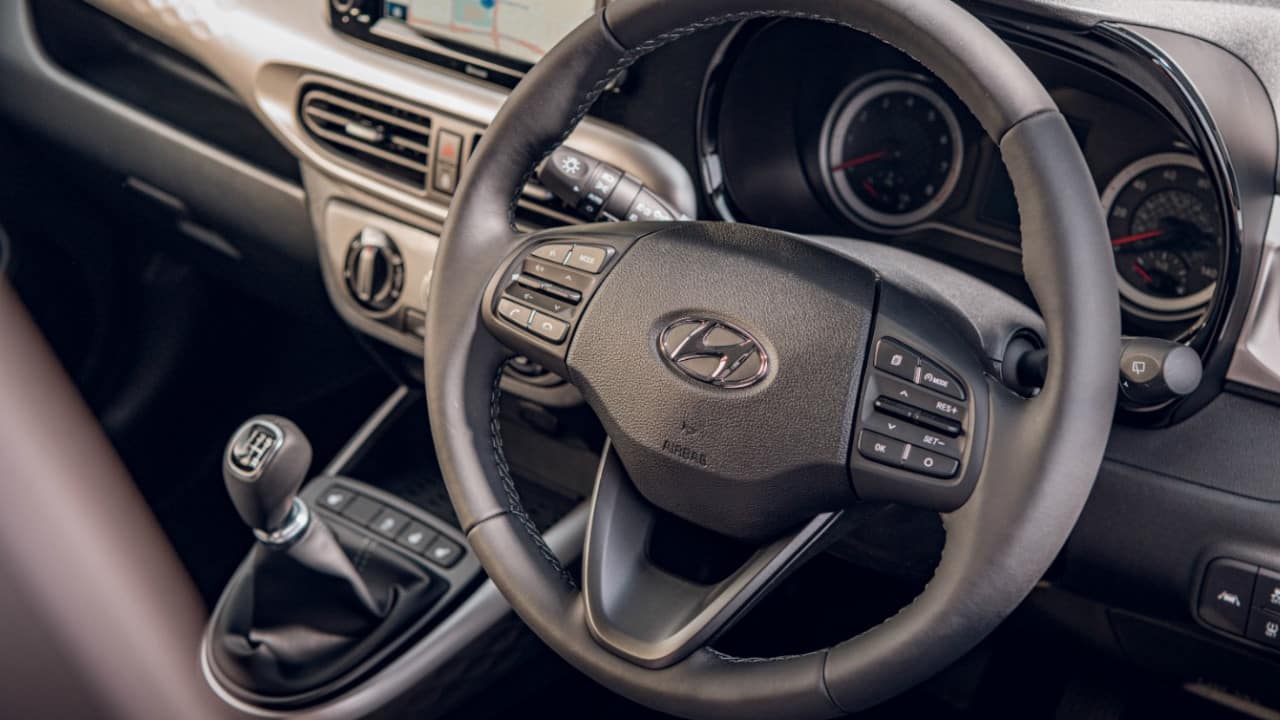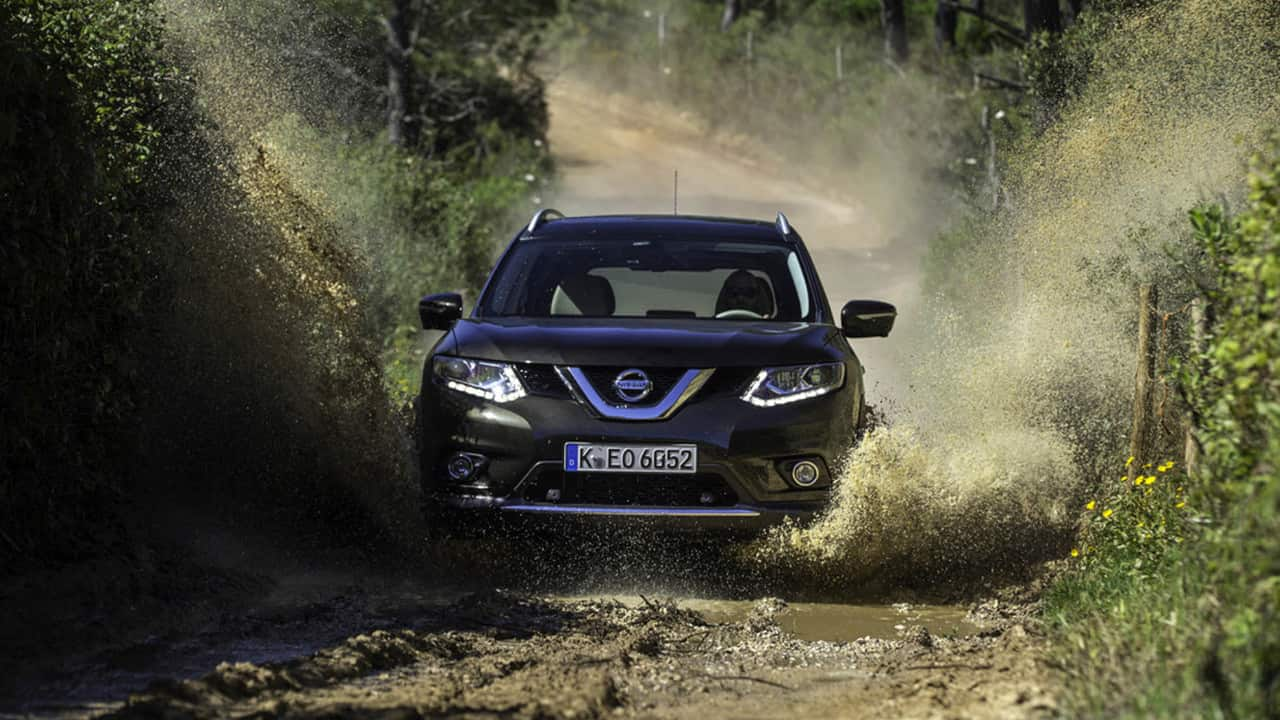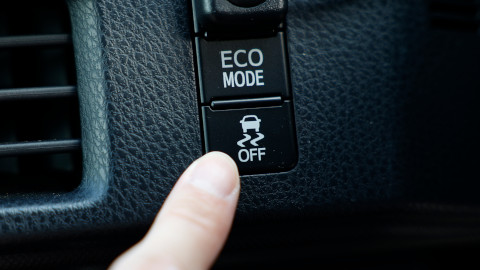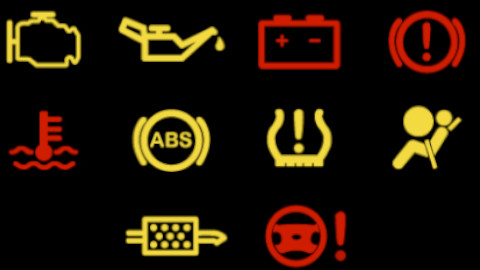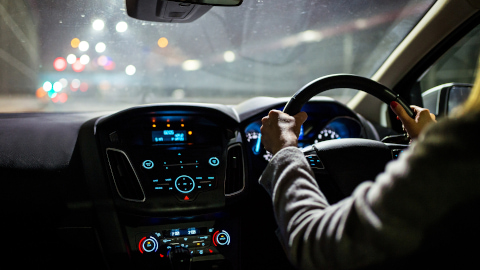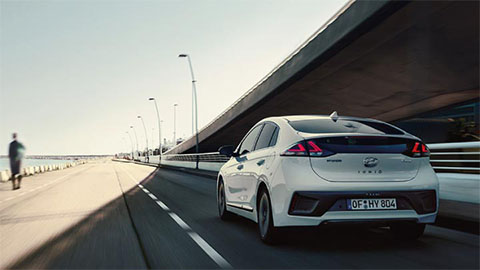Intelligent Automotive Technology
In the world of vehicle technology, there are numerous features designed to enhance driving experiences and make car journeys as comfortable as possible.
One such feature that has gained popularity over the years is cruise control.
If you've ever wondered what cruise control is and how it works, this handy guide will provide you with a comprehensive understanding of this convenient automotive feature.
- What is cruise control?
- How does cruise control work?
- What are the benefits of cruise control?
- How to use cruise control
- What is adaptive cruise control?
- When should you not use cruise control?
What is cruise control?
Cruise control is an intelligent system found in many modern vehicles that allows drivers to maintain a steady speed without manually pressing the accelerator pedal.
Effectively, the cruise control takes over the task of regulating the vehicle's speed, enabling drivers to relax their foot and enjoy a more comfortable and convenient driving experience.
How does cruise control work?
Cruise control operates by using electronic sensors, speed detectors, and a control module to maintain a constant speed. The system allows drivers to set their desired speed and then takes control of the accelerator to ensure the vehicle maintains that speed consistently, regardless of external factors such as road surface or wind resistance.
Essentially, the accelerator is adjusted as necessary by the cruise control system to keep the vehicle travelling at the desired speed. If the vehicle encounters an incline, for instance, the system will automatically increase acceleration to compensate and prevent any decrease in speed. The opposite is also true when going downhill, the system will reduce acceleration to maintain the preset speed.
Pressing the accelerator pedal manually will usually override the cruise control system, and the same with the brake pedal for safety reasons. You can also change the speed on the cruise control easily.
What are the benefits of cruise control?
Comfortable and relaxed driving
Cruise control eliminates the need to maintain constant pressure on the accelerator pedal, reducing driver fatigue during long trips. This allows for a more relaxed driving experience, particularly on highways and open roads.
Improved Fuel Efficiency
By maintaining a constant speed, cruise control helps optimise fuel consumption. Avoiding abrupt acceleration or deceleration reduces fuel wastage, resulting in better mileage and cost savings over time.
Reduced wear and tear
Consistently maintaining a steady speed with cruise control can have a positive impact on your vehicle's wear and tear. Frequent acceleration and deceleration can put additional stress on various components in your vehicle, such as the engine and brakes.
By minimising abrupt changes in speed, cruise control helps to reduce the strain on these components, potentially extending their lifespan and reducing the need for costly repairs.
Speed Regulation
Cruise control prevents unintentional speeding, as the system automatically adjusts the acceleration to keep the vehicle within the preset speed range. This feature is especially useful on roads with average speed limits, helping drivers stay within legal boundaries.
Reduced risk of speeding tickets
With cruise control engaged, drivers are less likely to exceed speed limits unknowingly. By maintaining a constant speed, the system ensures a consistent and legal pace, reducing the risk of costly speeding tickets.
Focus on the road
By delegating speed control to the cruise control system, drivers can divert their attention to the road ahead, improving overall safety. It allows them to concentrate on potential hazards, maintain lane discipline, and react promptly to unexpected situations.
How to use cruise control
Using cruise control may vary slightly depending on the vehicle make and model. However, here is a general guide on how to use cruise control:
- Locate the controls: Familiarise yourself with the controls on your vehicle. These are usually found on the steering wheel or on a stalk near the steering column. Use your vehicle's owner's guide if you're unsure where they are.
- Activate Cruise Control: Start by accelerating your vehicle to your desired speed. Once you reach your desired speed, locate the cruise control button or switch and turn the system on.
- Set the desired speed: Once you've activated the system, you can change the desired speed. Some vehicles may have separate buttons for this or have it as a setting on the same button, so make sure to check your individual vehicle's specifications.
- Adjust following distance: If your vehicle is equipped with adaptive cruise control, you may have the option to adjust the following distance between your vehicle and the one ahead.
- Monitor and override: Once cruise control is engaged, you can take your foot off the accelerator pedal. However, it's essential to remain attentive and monitor the road and traffic conditions. Remember that cruise control is not a substitute for active driving, and you may need to override it if the situation requires it. You can do this either by pressing on the accelerator or brake pedals or switching off the cruise control system.
It's important to check your vehicle's owner's manual for specific instructions on using cruise control, as different vehicles may have unique features and controls. Additionally, always use cruise control in appropriate driving conditions, such as on open highways, and remain attentive to the road and traffic around you.
What is adaptive cruise control?
Adaptive cruise control (ACC) is an advanced extension of the traditional cruise control system. While conventional cruise control systems maintain a fixed speed, adaptive cruise control takes it a step further by incorporating sensors and radar technology to automatically adjust the vehicle's speed to maintain a safe distance from the vehicle ahead.
The sensors constantly measure the gap between your vehicle and the one ahead of you, adjusting the speed accordingly to maintain a preset following distance.
When the adaptive cruise control is activated, drivers can set their desired speed and a preferred following distance. The system then scans the road ahead, detecting the presence of other vehicles.
If the system detects a slow-moving vehicle in front, it automatically reduces the speed by either easing off the accelerator or applying the brakes to maintain the desired distance. Once the road ahead is clear, the system can resume the preset speed.
When should you not use cruise control?
While cruise control can be a convenient feature, there are situations when it is not recommended to use cruise control. Here are some instances when you should avoid using cruise control:
Certain weather conditions
Cruise control should be avoided in certain weather like rain, snow, ice, or fog. These conditions often require frequent speed adjustments, and relying on cruise control may limit your ability to respond quickly to changing road conditions.
Using cruise control in bad weather like rain and ice where the roads are slippery can also be dangerous as the slippery surfaces can compromise traction and stability. In these conditions, using cruise control can lead to unexpected acceleration or loss of control if the wheels start to spin, so it's safer to just have full manual control of the vehicle's speed.
In heavy traffic
In congested traffic, it's best to avoid using cruise control. Stop-start traffic requires regularly braking and acceleration, which can't be effectively managed by the cruise control system. It's important to have full control of the accelerator and brake pedal in these situations to respond to the flow of traffic.
Winding roads and hills
Cruise control isn't suitable for every road, including those with sharp curves or steep inclines or declines. These roads typically require constant speed adjustments, which can't be handled by cruise control alone.
Driving in cities
Cruise control is primarily designed for long stretches of open roads. With city driving, there are frequent stops, pedestrian crossings, and turnings, which result in constant speed changes. Using cruise control in these situations can hinder your ability to respond quickly to traffic signals, pedestrians, or unexpected obstacles.
When driving with a heavy load or towing
If you're driving with a trailer or carrying a heavy load, it's better to avoid using cruise control. The added weight can impact the vehicle's braking distance and handling, so it's essential to have manual control over the acceleration and brakes to safely manage the extra load.
Using vehicle technology safely
There are plenty of intelligent technology systems in cars nowadays, including features like Android Auto and Apple CarPlay to keep you connected, DAB radio to entertain you, climate control for a comfortable driving experience, and traction control to keep you safe.
Remember, cruise control is a tool to enhance driving convenience in the appropriate conditions. Always prioritise safety and use your judgement to determine when it's suitable to engage the cruise control system.
This clever technology can be incredibly helpful and comes with so many benefits, but it's important to use it safely. If you encounter uncertain or challenging driving conditions, it's best to deactivate cruise control and have direct control over the accelerator and brake pedals.

